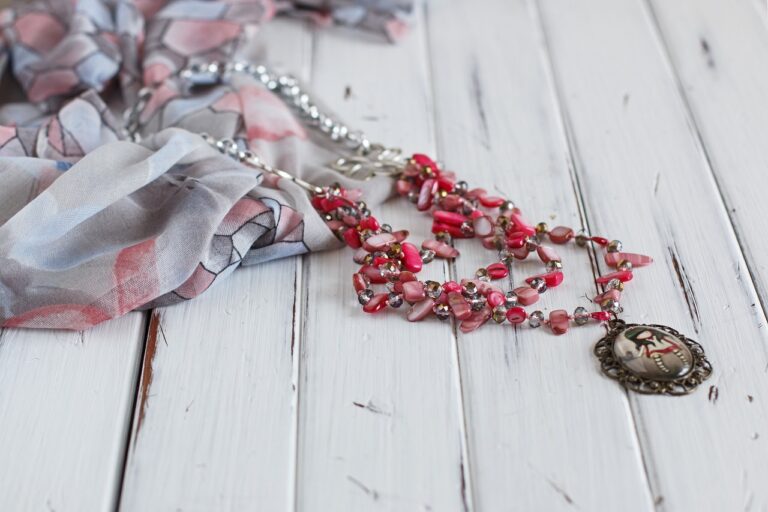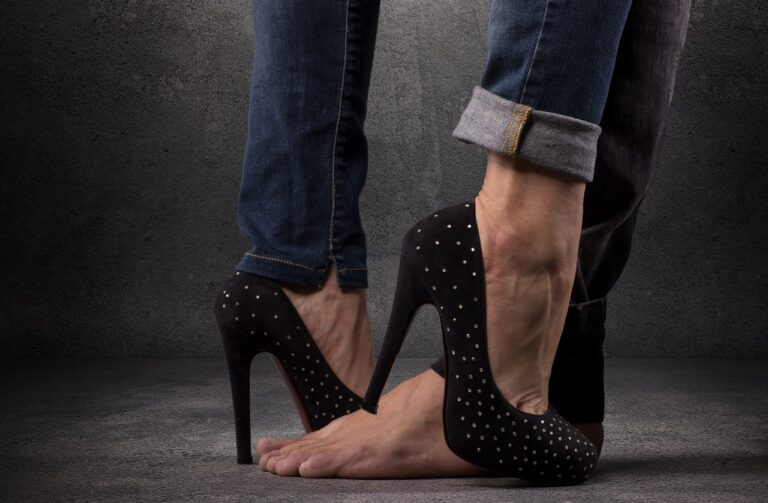The History of Haute Couture: From the House of Worth to Present-Day Designers
Charles Frederick Worth is often credited as the innovator behind haute couture, introducing the concept of designer fashion to the world. Born in England and based in Paris, Worth was known for his meticulous attention to detail and exquisite craftsmanship. His designs were tailored to individual clients, setting the foundation for the personalized, high-end fashion industry we see today.
Worth’s creations were not just garments but works of art, with intricate embellishments and luxurious fabrics that elevated clothing to a new level of sophistication. His success with the House of Worth paved the way for other designers to establish their own fashion houses and revolutionized the way fashion was perceived and consumed.
The Rise of Haute Couture in Paris
In the mid-19th century, Paris emerged as the epicenter of fashion, giving rise to the concept of haute couture. It was during this time that Charles Frederick Worth, an English designer living in Paris, revolutionized the fashion industry by creating exclusive, made-to-order garments for wealthy clientele. This marked a shift from the traditional method of dressmaking, where garments were produced in bulk without regard for individual measurements or preferences.
Haute couture quickly gained popularity among the aristocracy and upper class, who sought unique and luxurious designs that reflected their social status. The meticulous craftsmanship and attention to detail in haute couture pieces set them apart from ready-to-wear clothing, elevating them to the status of wearable art. As demand for these creations grew, so did the number of couturiers in Paris, each striving to push the boundaries of fashion and establish their own signature style.
Influence of World Wars on Haute Couture
The impact of World Wars I and II on the world of haute couture cannot be underestimated. These tumultuous periods led to drastic changes in the fashion industry, forcing designers to adapt to the challenging circumstances. The scarcity of resources and the societal upheaval brought about by the wars presented significant obstacles for the haute couture houses in Paris.
During World War I, the focus shifted from extravagant, elaborate designs to more practical and utilitarian outfits. The war effort required women to take on new roles and responsibilities, leading to a simplification of fashion trends. As the conflict raged on, designers had to navigate restrictions on materials and trimmings, resulting in more streamlined silhouettes and subdued color palettes. The constraints imposed by the war ultimately spurred creativity and innovation in the world of haute couture.
Who were the pioneers of Haute Couture?
The House of Worth, founded by Charles Frederick Worth in the mid-19th century, is considered the pioneers of Haute Couture.
How did Haute Couture rise in Paris?
Haute Couture rose in Paris during the late 19th and early 20th centuries, with designers like Paul Poiret and Coco Chanel establishing themselves as prominent figures in the industry.
How did the World Wars influence Haute Couture?
The World Wars had a significant impact on Haute Couture, with designers adapting to the scarcity of resources and changing societal norms. During World War II, for example, designers shifted towards more practical and utilitarian designs.
Did Haute Couture survive the World Wars?
Despite the challenges posed by the World Wars, Haute Couture managed to survive and even thrive in the post-war period, with designers like Christian Dior bringing new life to the industry.






